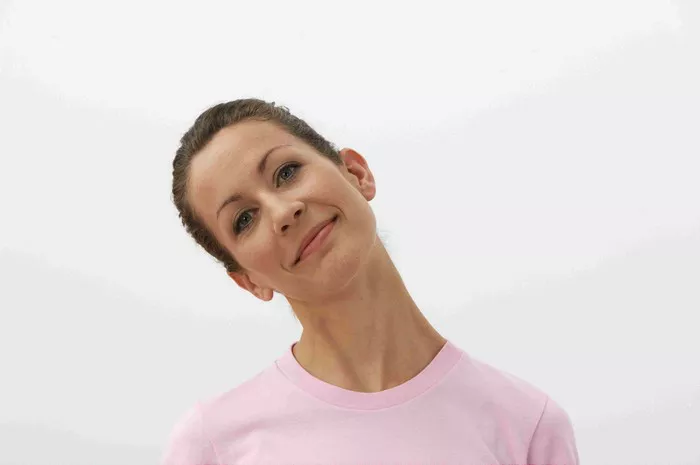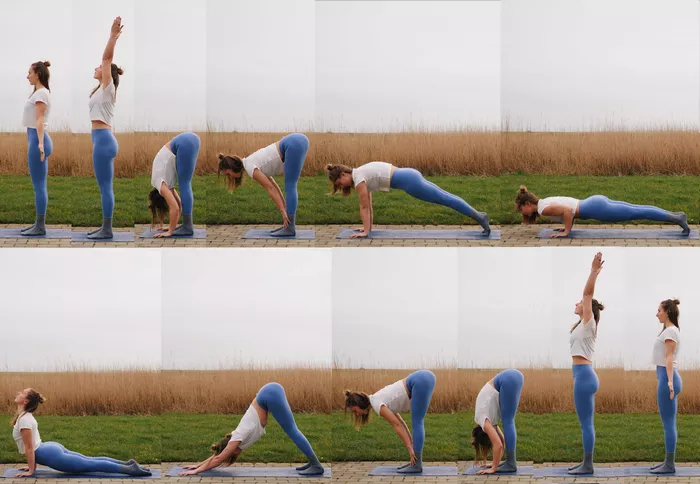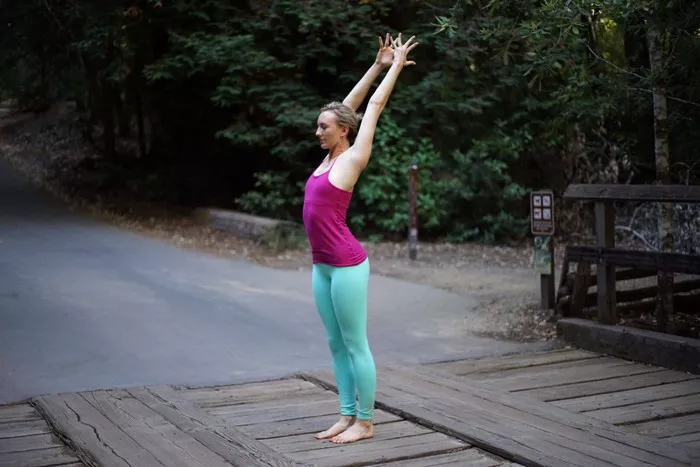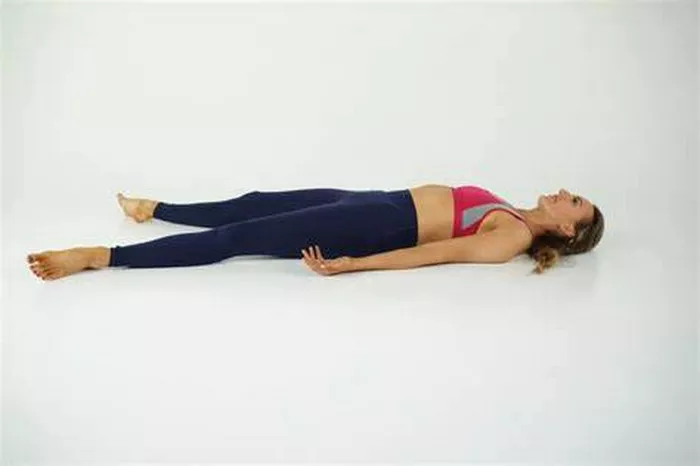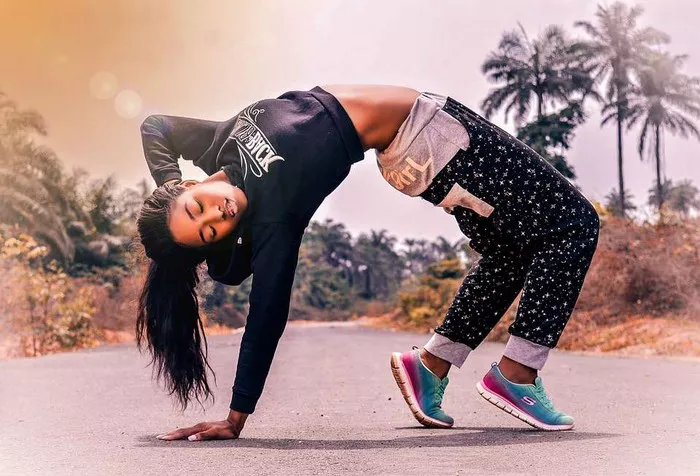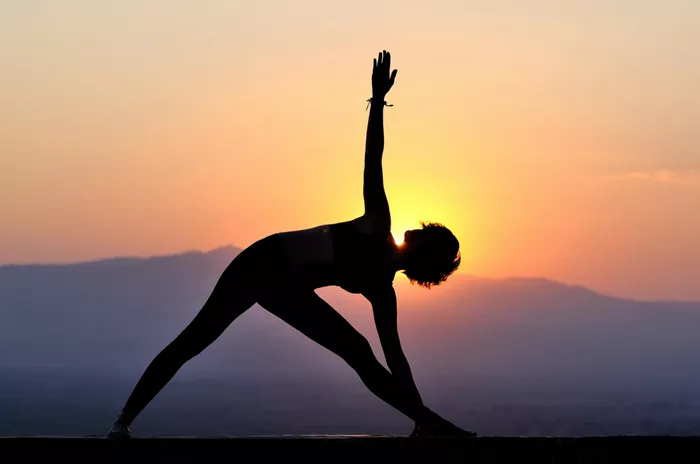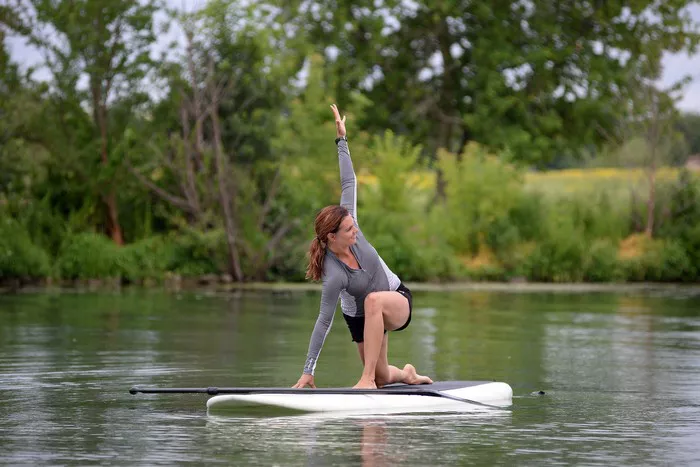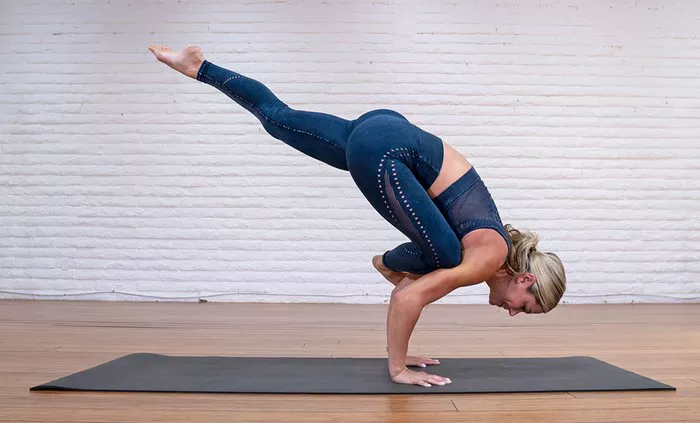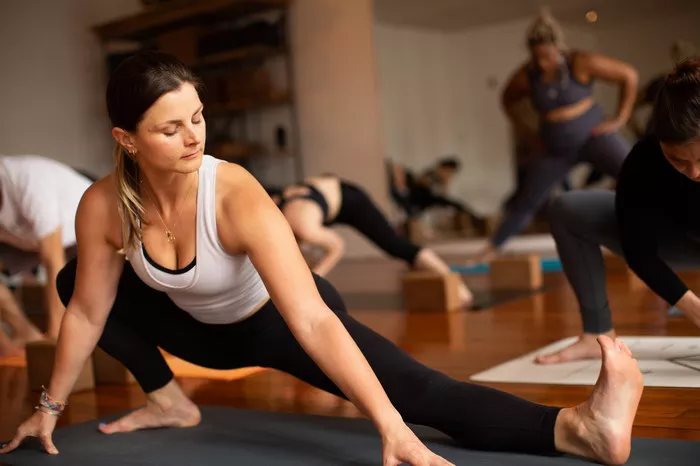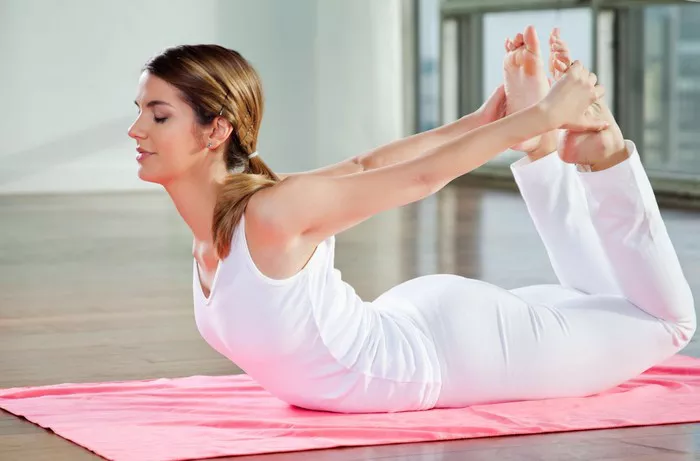Yoga is a practice known for its ability to enhance physical and mental health, offering benefits ranging from improved flexibility and strength to better mental clarity and emotional balance. Over time, yoga has evolved into a practice accessible to people of various ages, physical abilities, and backgrounds. But one question that arises for some is: Can blind people do yoga?
The answer is unequivocally yes—blind and visually impaired individuals can absolutely practice yoga, and they can derive the same benefits as those with sight. In fact, yoga’s holistic approach, which focuses on the connection between mind, body, and spirit, makes it particularly well-suited for individuals who may rely more on their other senses to navigate the world.
In this article, we will explore how blind people can engage in yoga, the specific benefits they can experience, and tips for creating an inclusive and accessible yoga practice for those with visual impairments.
Understanding Yoga: An Overview
Before we delve into the specifics of how blind people can engage in yoga, it’s important to understand the practice itself. Yoga is an ancient discipline that originated in India thousands of years ago. It encompasses physical postures (asanas), breathing exercises (pranayama), and meditation techniques aimed at promoting overall wellness.
There are various styles of yoga, including Hatha yoga (which focuses on physical postures), Vinyasa yoga (which emphasizes movement linked to breath), and Kundalini yoga (which incorporates breathing and movement for spiritual awakening), among others. Regardless of the type of yoga, all forms share common goals of improving strength, flexibility, and mental clarity.
Why Yoga Is Accessible for the Blind
Yoga is an inherently adaptable practice. The asanas (postures) can be modified to accommodate individual needs, making it an ideal practice for people with diverse abilities. For blind or visually impaired individuals, the most significant adjustments are often related to spatial awareness and guidance. However, the core principles of yoga—such as breathing, body awareness, and mindfulness—can be experienced through the other senses.
Here are several reasons why yoga is accessible for blind people:
Focus on Internal Awareness: Yoga emphasizes awareness of the body and breath, as well as the internal experience of each posture. Since blind individuals often develop heightened senses of hearing, touch, and proprioception (the awareness of body position), they may even have an advantage when it comes to tuning into their body’s sensations.
Verbal Cues: Blind individuals can rely heavily on verbal cues from their yoga instructor. Clear, descriptive instructions can guide them through the different poses, ensuring they know how to align their bodies properly. These verbal cues are often sufficient for blind practitioners to maintain proper posture and form.
Minimal Visual Dependence: While yoga classes for sighted individuals often involve observing the instructor or fellow students for visual cues, blind people can rely more on tactile feedback, sound, and verbal directions. This reduces the dependence on sight and makes it easier to follow along with the practice.
Adaptive Equipment: There are various tools and aids that can be used to help blind practitioners navigate their yoga practice. For example, tactile markings on the floor, such as mats with raised edges, can help them understand their positioning. Audio-guided yoga sessions or apps are also available, where instructions are provided in a step-by-step manner.
The Physical and Mental Benefits of Yoga for the Blind
Just like sighted practitioners, blind people can experience a wide range of physical and mental benefits from yoga. Some of the most notable benefits include:
Physical Benefits:
Improved Flexibility and Strength: Many yoga poses help improve flexibility, particularly in the spine, hips, and legs. For blind individuals, these benefits are just as accessible, and with consistent practice, flexibility and strength can be significantly improved.
Enhanced Balance and Coordination: Yoga helps build better body awareness, which translates to improved balance and coordination. This is particularly important for blind individuals, as they often rely on touch and spatial awareness to navigate their environment. Regular yoga practice can help them become more confident in their movements and navigate physical spaces with greater ease.
Pain Relief: Yoga is known to help relieve chronic pain, particularly in areas such as the back, neck, and shoulders. Many blind individuals may suffer from musculoskeletal pain due to their reliance on mobility aids or the physical strain of navigating the environment. The gentle, restorative nature of yoga can help alleviate tension and reduce discomfort.
Better Breathing and Circulation: Pranayama, or breath control, is an integral part of yoga. By focusing on deep, controlled breathing, blind individuals can improve their lung capacity, enhance circulation, and increase overall energy levels. Deep breathing also helps to calm the nervous system, reducing stress and promoting relaxation.
Mental and Emotional Benefits:
Stress Relief and Relaxation: Yoga encourages a deep connection to the breath, which activates the parasympathetic nervous system—the body’s relaxation response. This can significantly reduce stress and anxiety. For blind individuals who may face challenges in daily life, yoga provides a powerful tool for relaxation and mental clarity.
Improved Focus and Mindfulness: Through meditation and mindfulness techniques, yoga helps to sharpen mental focus and awareness. This can be particularly beneficial for blind individuals, as it enhances their ability to concentrate on the present moment, improve their decision-making skills, and manage distractions.
Increased Self-Confidence: Yoga encourages a positive relationship with one’s body, and this is equally true for blind individuals. By mastering poses, becoming more aware of their bodies, and learning to trust their abilities, blind practitioners often experience increased self-esteem and confidence in their daily lives.
Emotional Balance: The practice of yoga helps regulate the nervous system, promoting emotional stability. Blind people may face additional emotional challenges due to societal barriers or personal struggles related to their visual impairment. Yoga can serve as a valuable tool in managing emotions, providing a sense of peace and inner balance.
How to Teach Yoga to Blind Individuals
As a yoga instructor, it’s important to approach teaching blind students with sensitivity and awareness. Here are a few tips to ensure that blind individuals have a positive and enriching yoga experience:
1. Use Clear and Descriptive Language:
Blind individuals rely on verbal cues, so it’s essential to describe each pose in clear and precise language. Instead of saying, “Lift your right leg,” say something like, “Lift your right leg to hip height and extend it straight in front of you, keeping your toes pointing forward.” The more detailed and descriptive your instructions, the easier it will be for them to follow along.
2. Offer Physical Assistance (with Permission):
Some blind students may benefit from tactile feedback in the form of gentle touch to help them achieve proper alignment in a posture. Always ask for permission before offering any physical assistance, and ensure that your touch is respectful and professional.
3. Provide a Comfortable Environment:
Make sure that the yoga space is organized and free from obstacles that could cause tripping or injury. It’s also a good idea to use audio cues (such as calling out the names of poses or instructions) to guide blind practitioners through the session.
4. Encourage Independence:
While verbal instructions and physical assistance are valuable, it’s also important to encourage blind students to listen to their own bodies and make adjustments as needed. Help them develop self-awareness and confidence in their practice.
5. Offer Audio Resources:
Providing audio recordings of yoga classes or using apps designed for blind users can enhance their practice. Many of these resources offer step-by-step guidance through different postures, which can be helpful when practicing at home.
Overcoming Challenges in Yoga for Blind People
While yoga is generally accessible for blind people, there are some challenges that they may face. These challenges are often related to the navigation of space, the need for alternative resources, and adjusting to new environments. However, these challenges can be overcome with proper support, understanding, and adaptations to the practice.
Navigating Space: Blind individuals may need help orienting themselves to the yoga studio or mat. Instructors can assist by guiding them to the appropriate spot and ensuring that they have enough space to practice safely.
Lack of Visual Demonstrations: In traditional yoga classes, visual demonstrations are often relied upon. To address this, instructors should focus on providing verbal descriptions and using audio-guided sessions that emphasize movement through words rather than visuals.
Adaptive Equipment: Blind students may benefit from tools such as tactile mats or textured floor markings to help orient them during practice. Using sound cues or musical rhythms can also aid in syncing movement with breath and guiding the flow of the session.
Conclusion
Yoga is a universally accessible practice that offers benefits for people of all abilities. For blind individuals, yoga provides a valuable tool for physical, mental, and emotional well-being. By focusing on the internal experience of the body, enhancing awareness through the senses, and providing thoughtful instruction, blind people can enjoy the profound benefits of yoga just like sighted individuals.
Ultimately, yoga is about finding connection, balance, and peace within oneself. Whether one can see or not, yoga is a practice that transcends the need for sight and is accessible to anyone with a willingness to explore and grow. By making small adjustments to the practice and offering support, we can ensure that yoga is available to people of all abilities, including those with visual impairments.
Related Topics:

